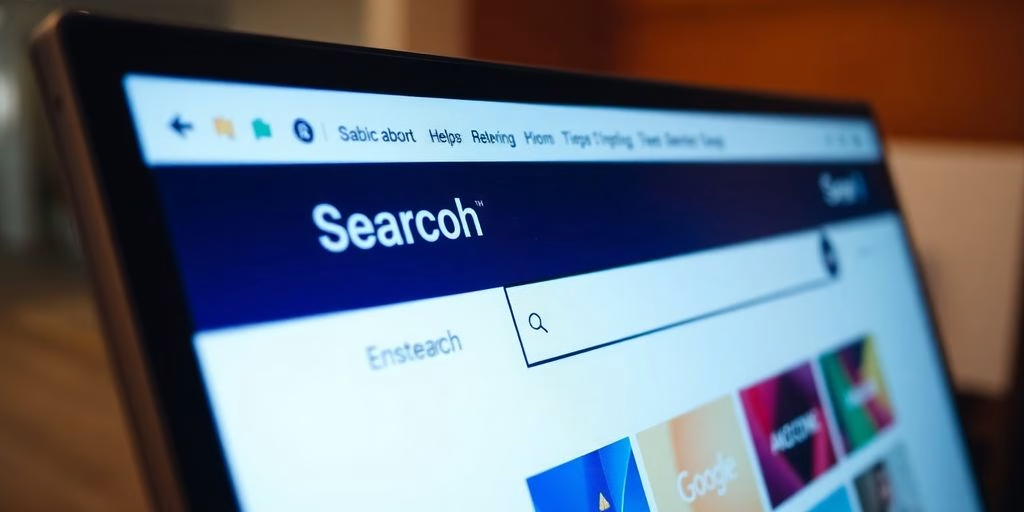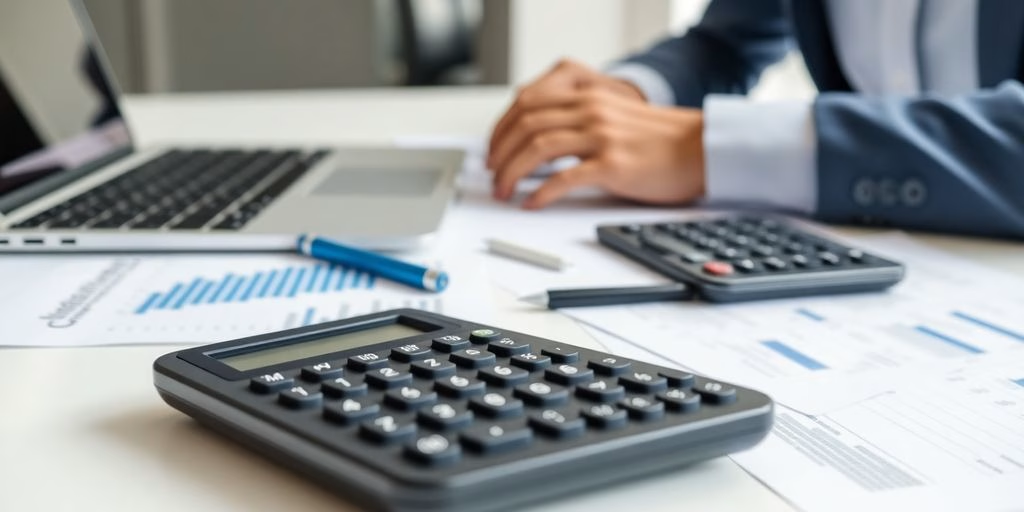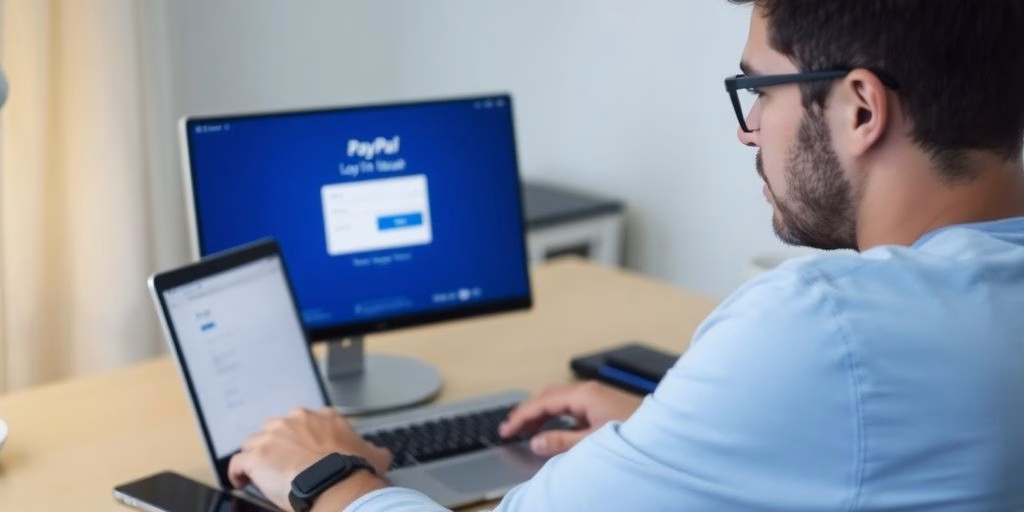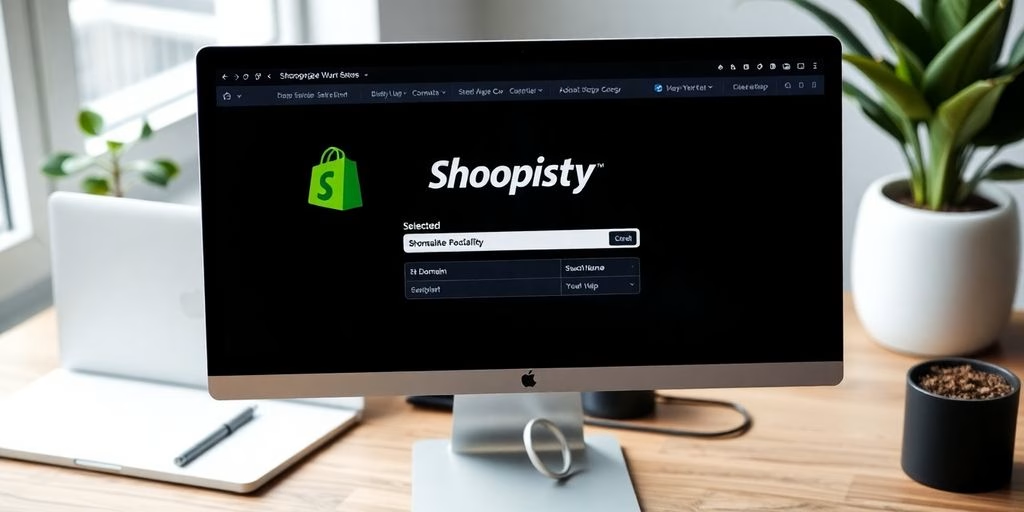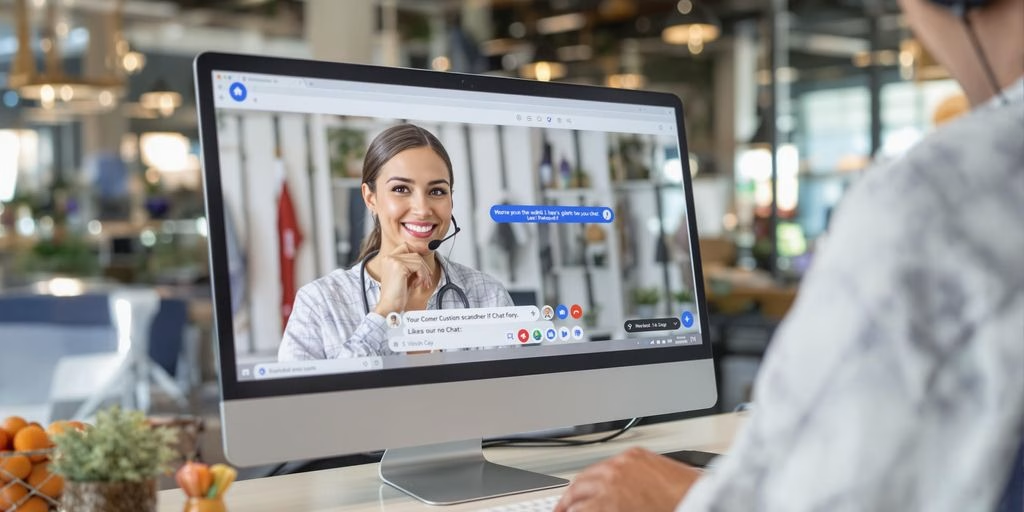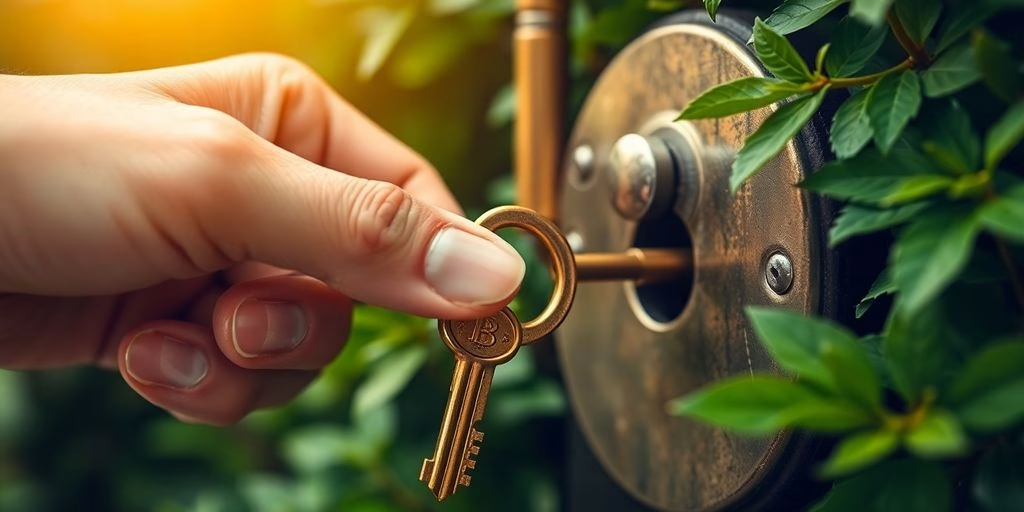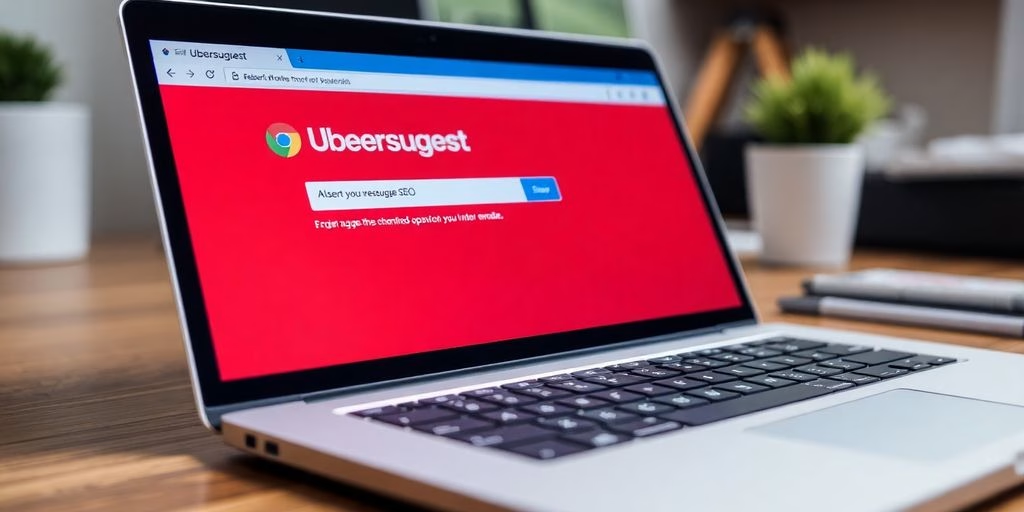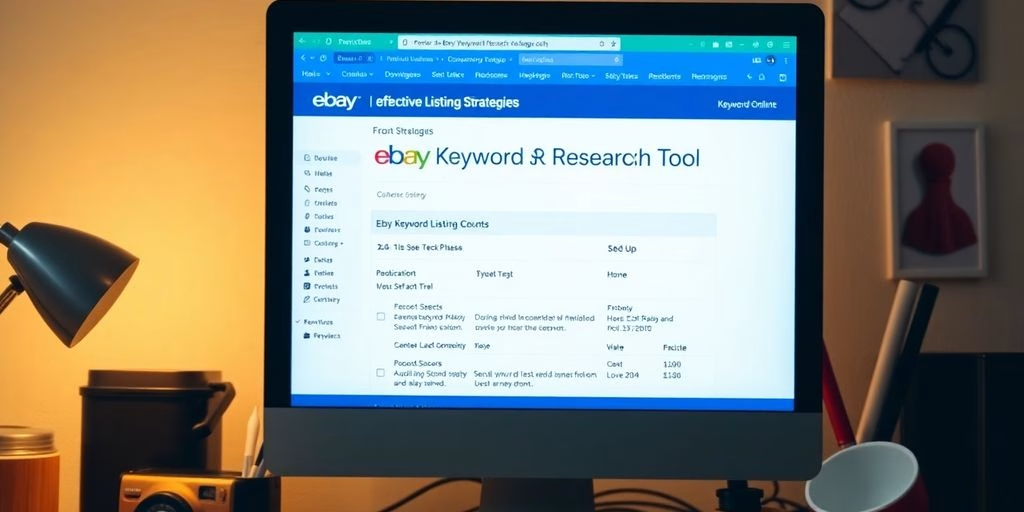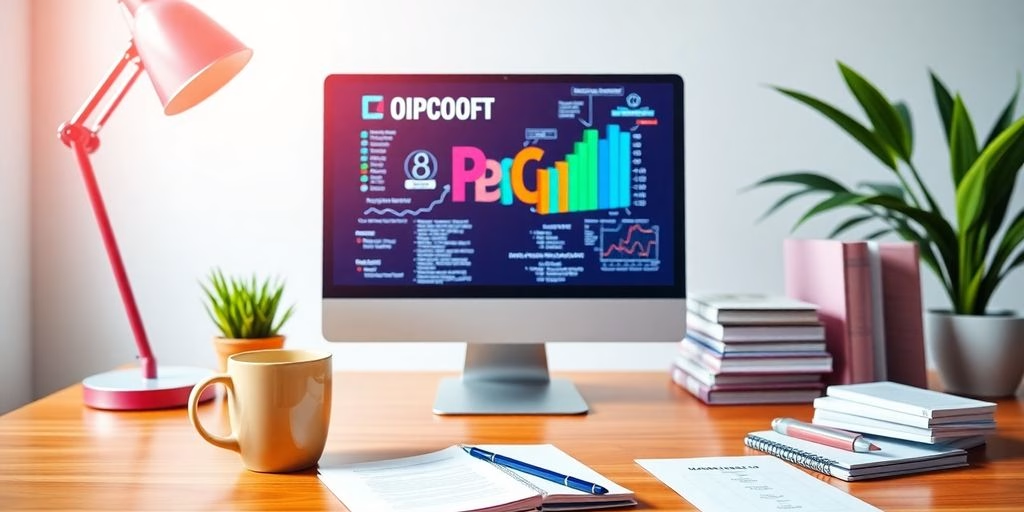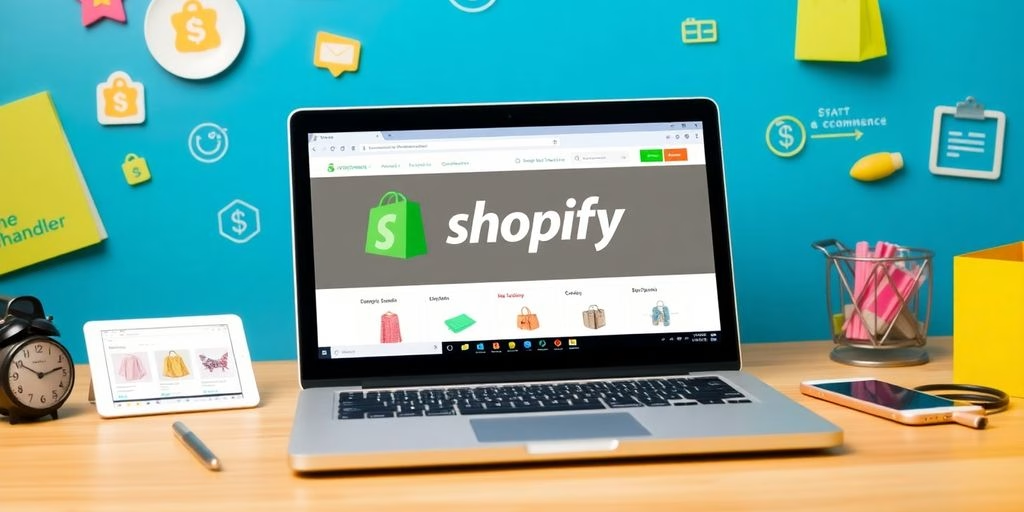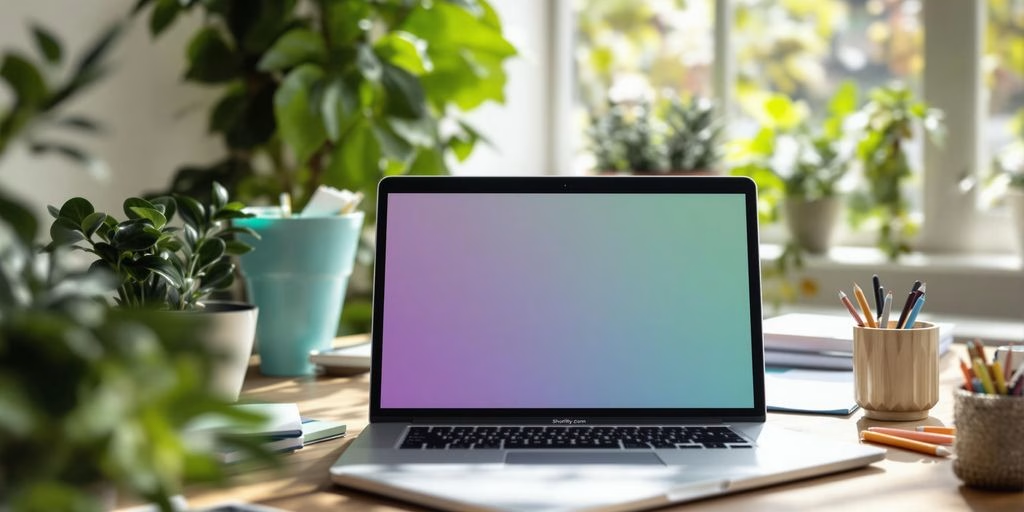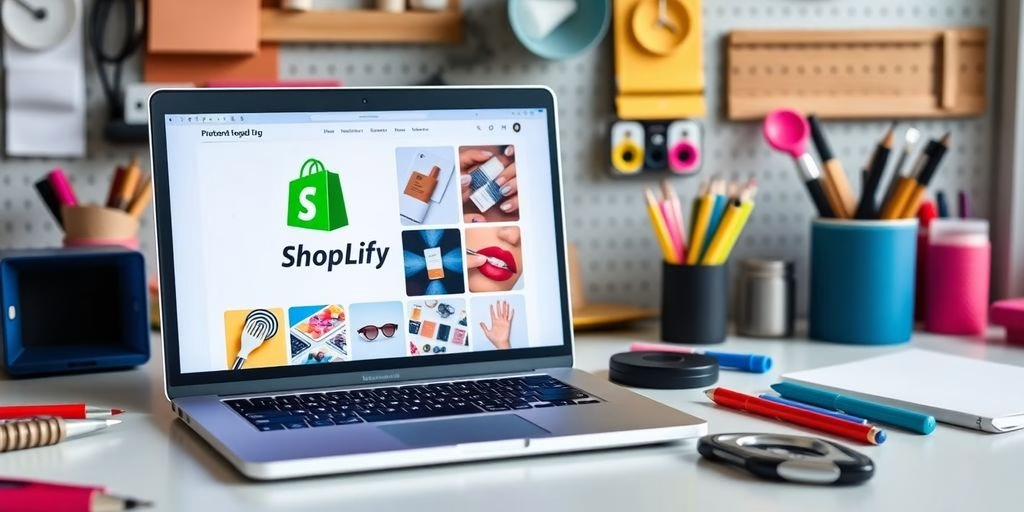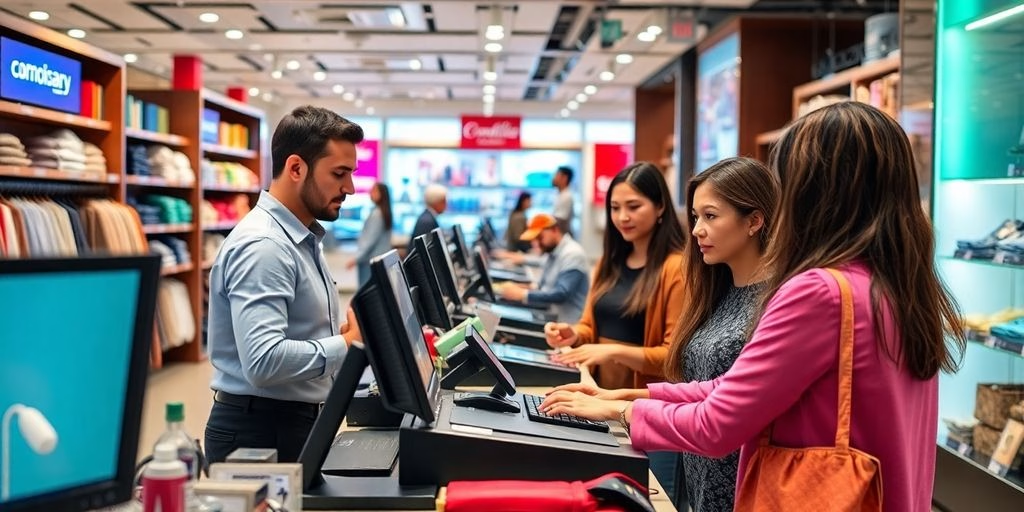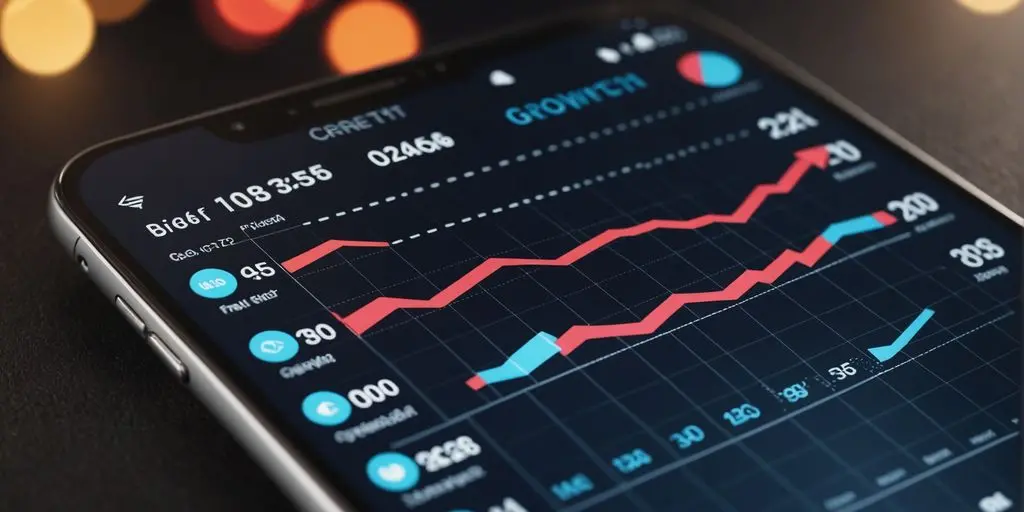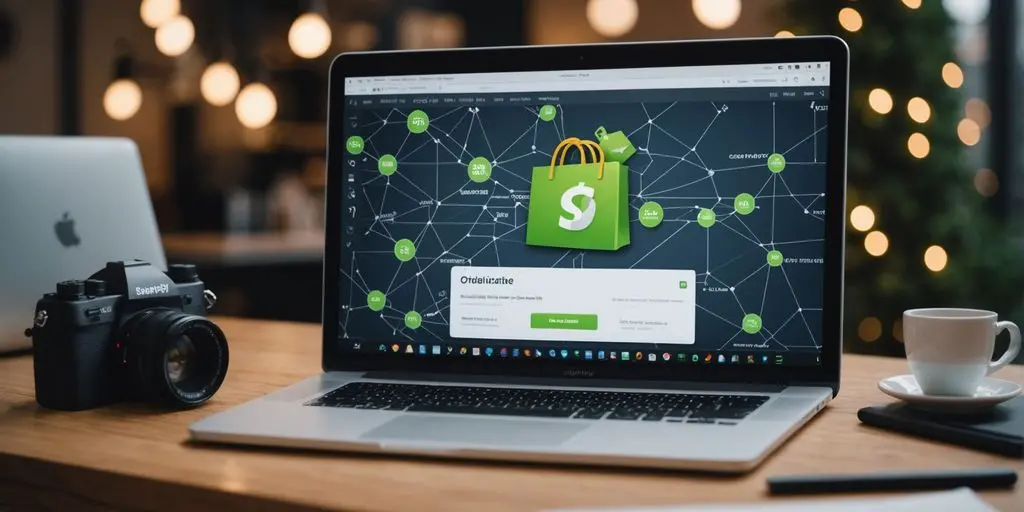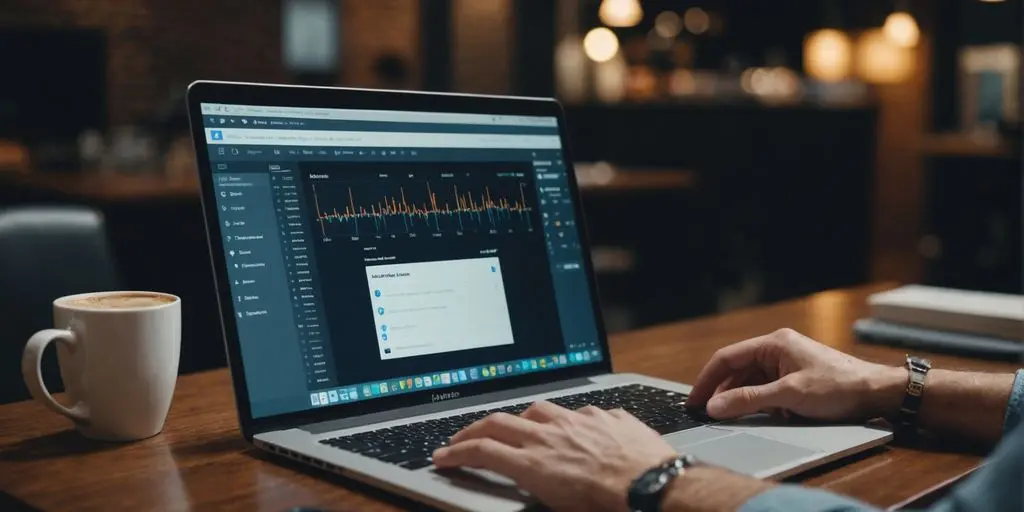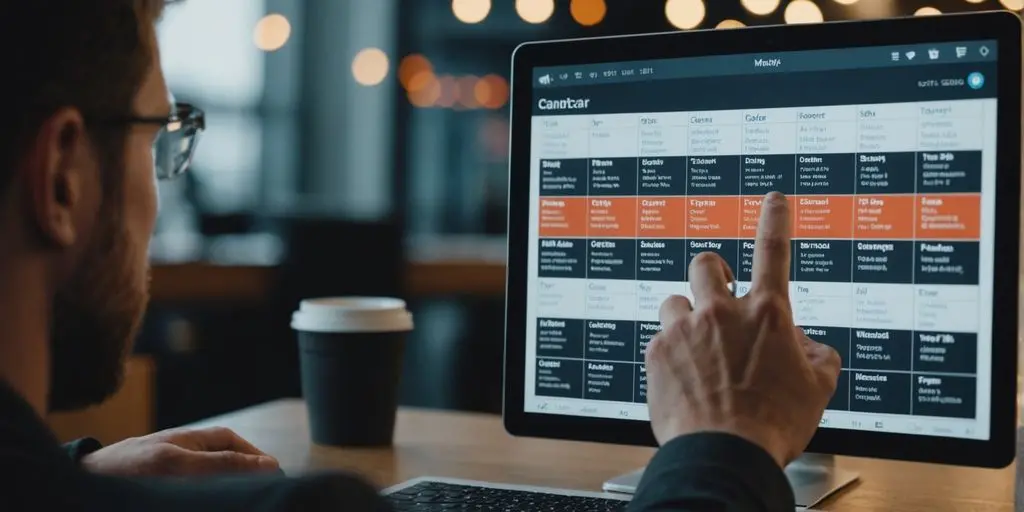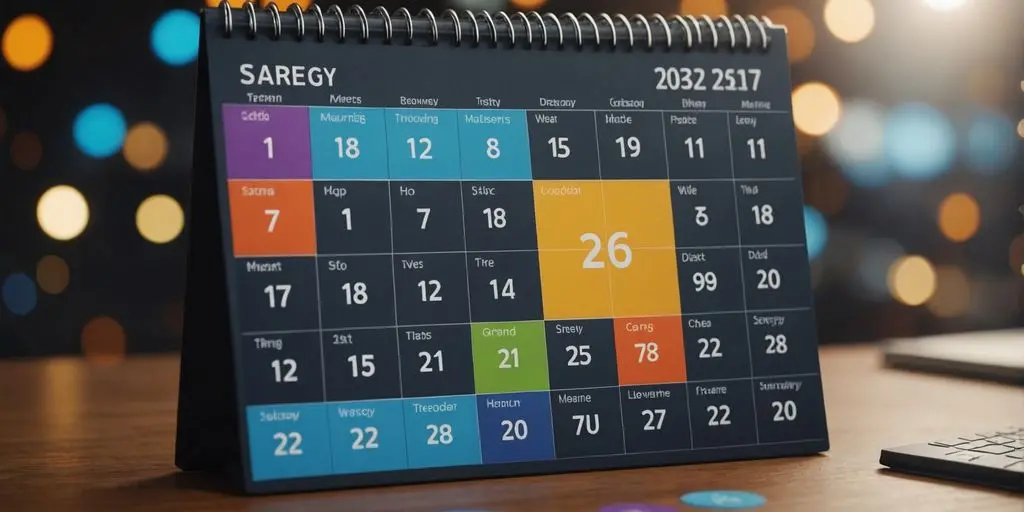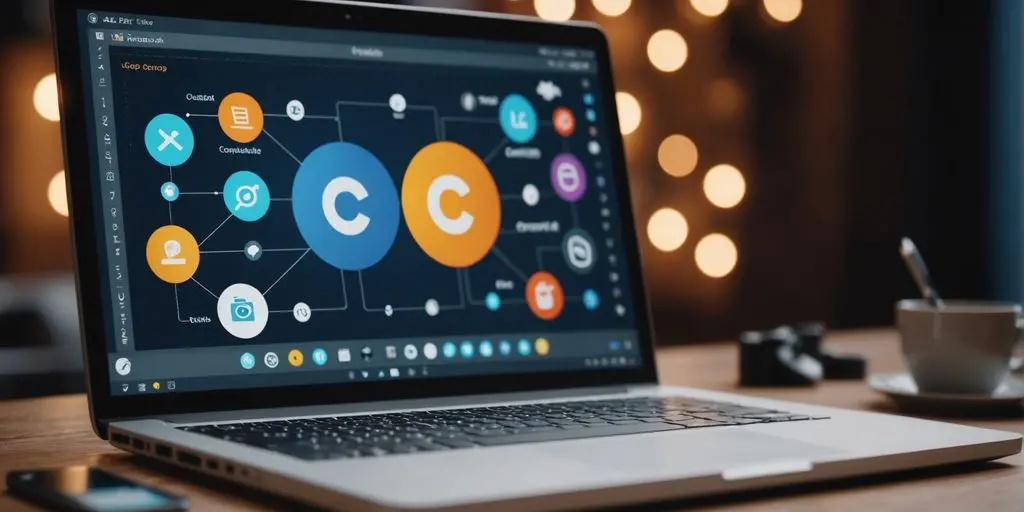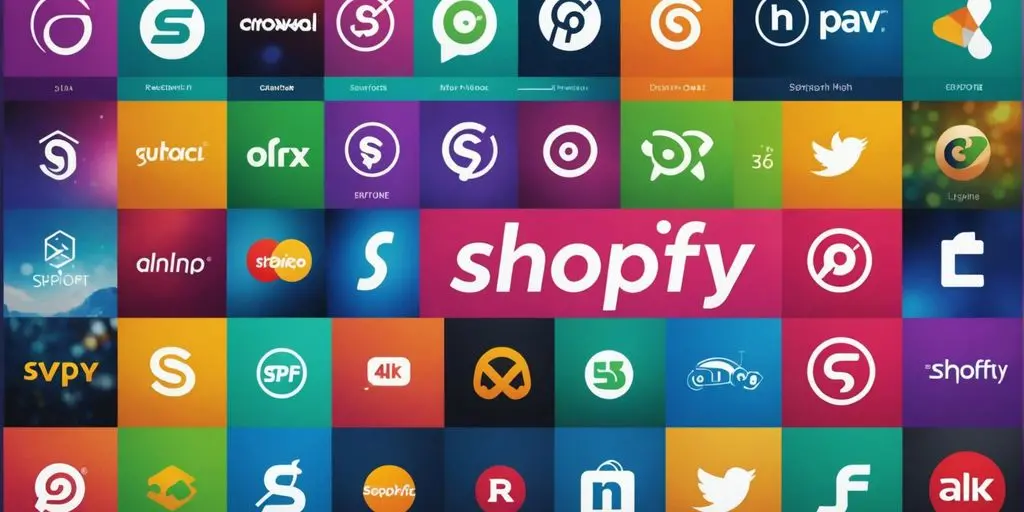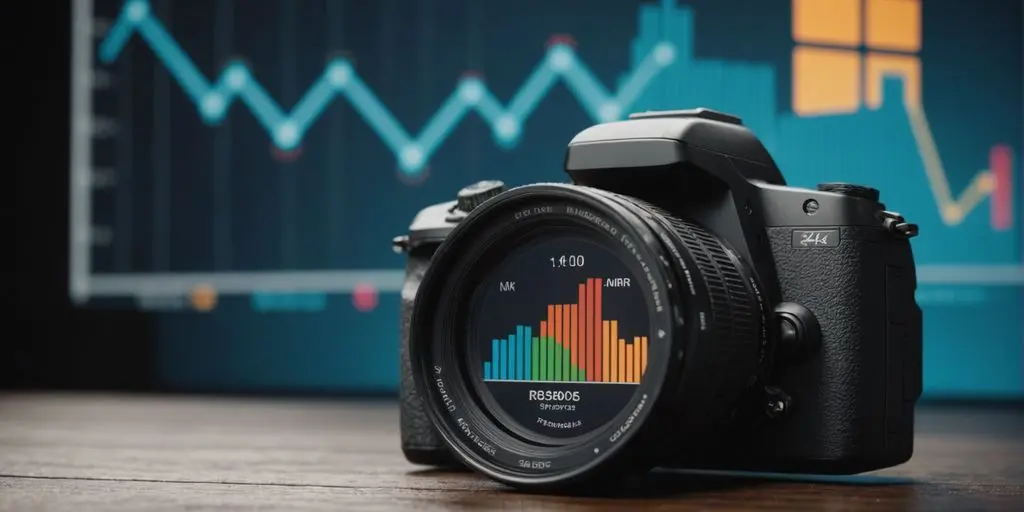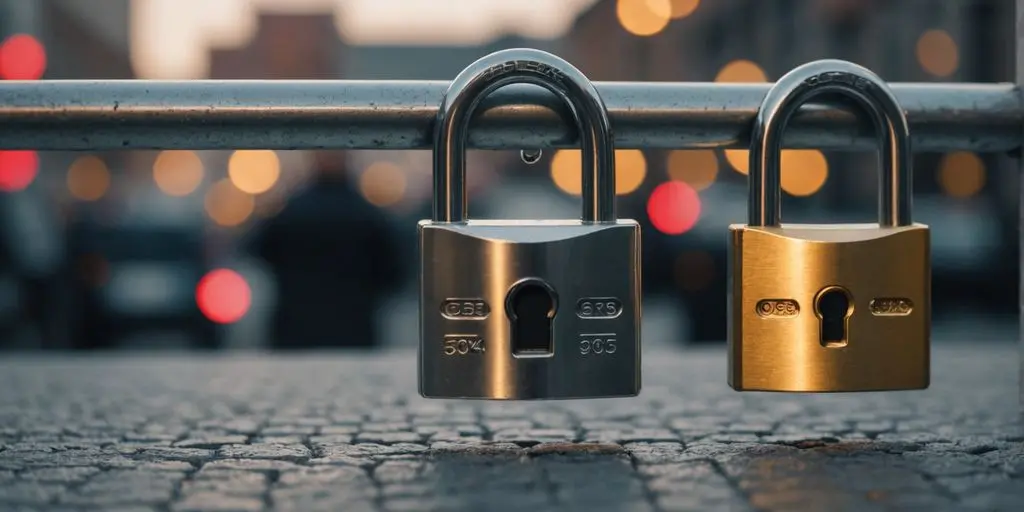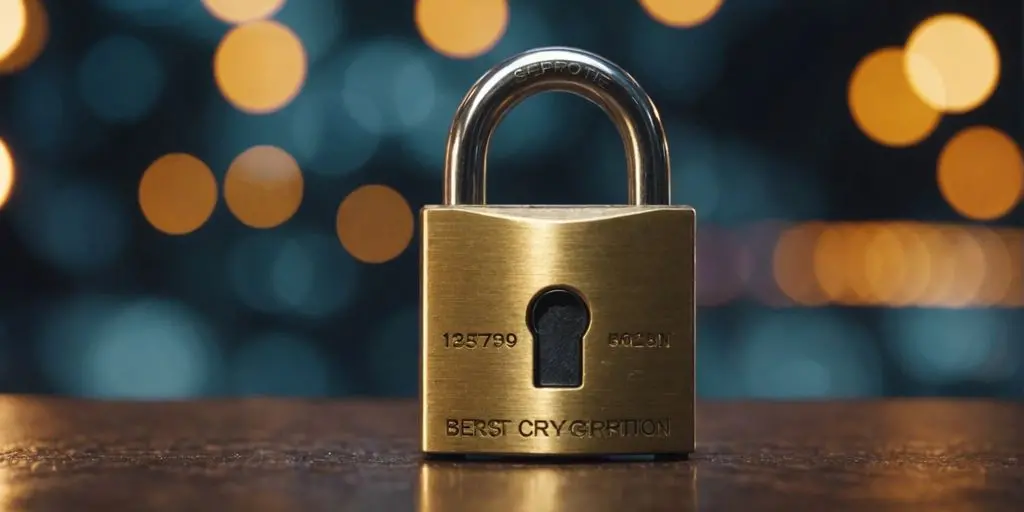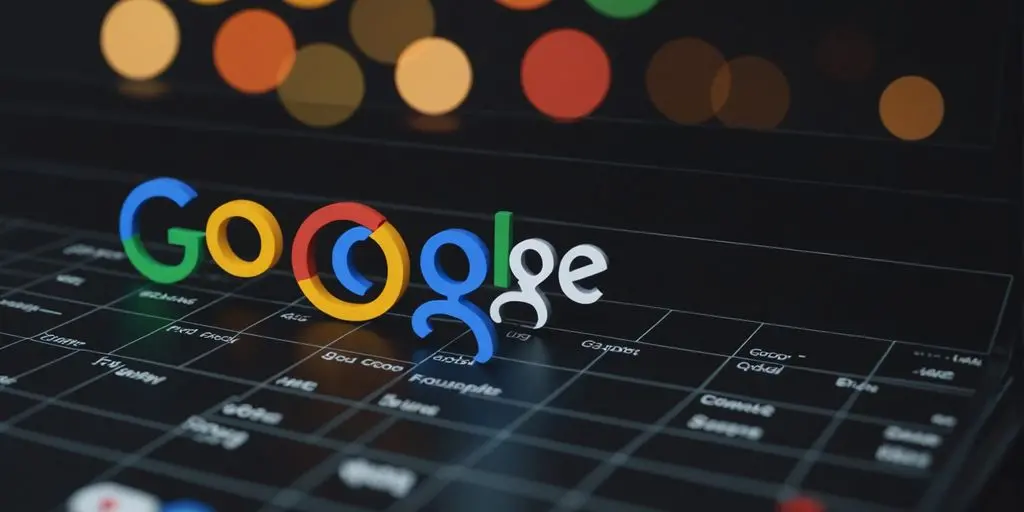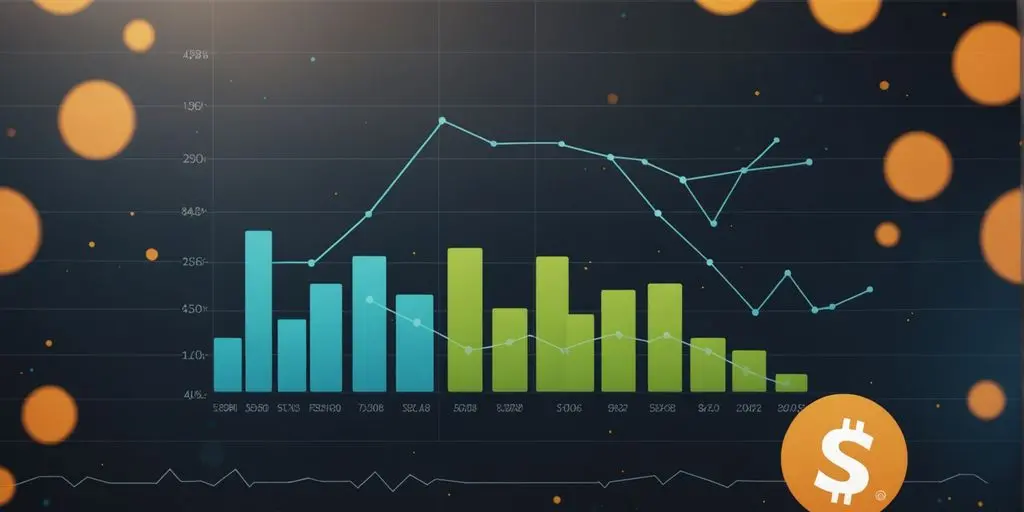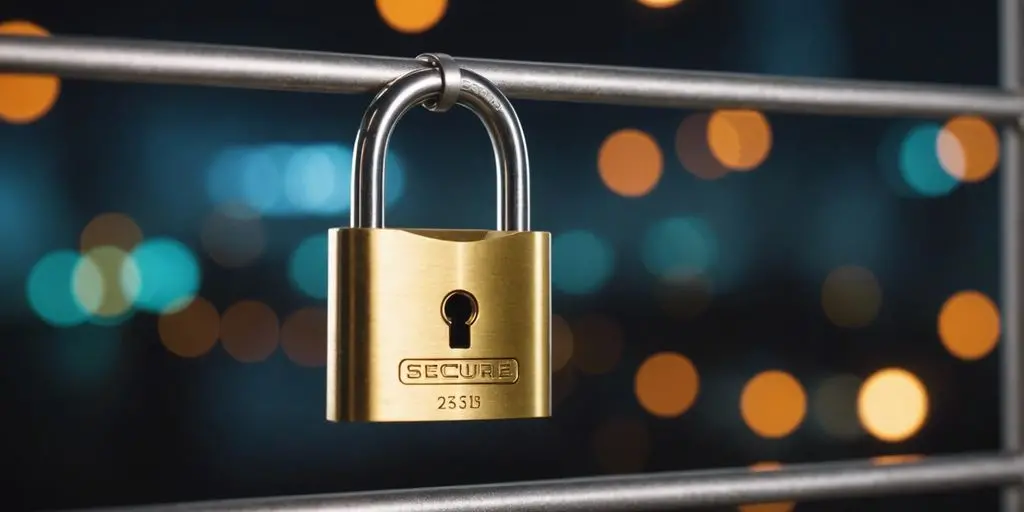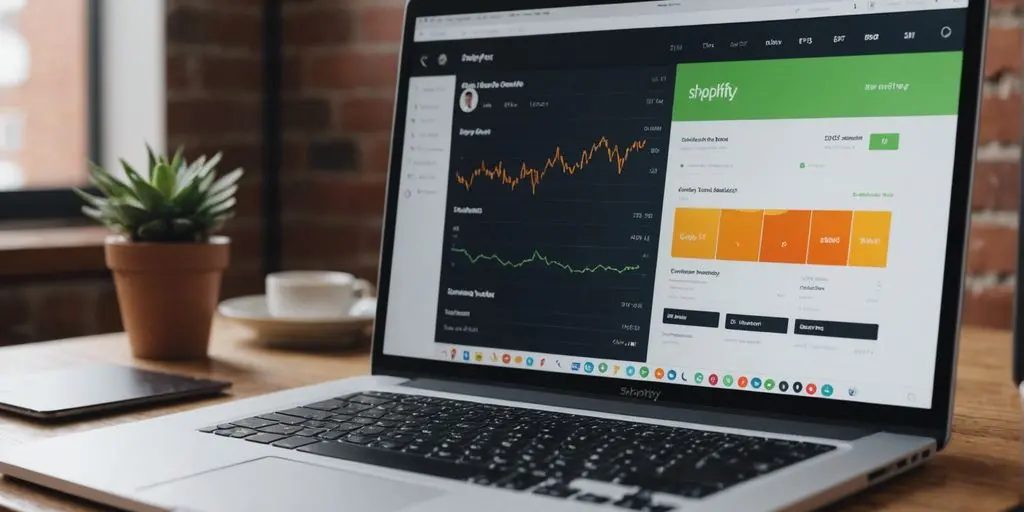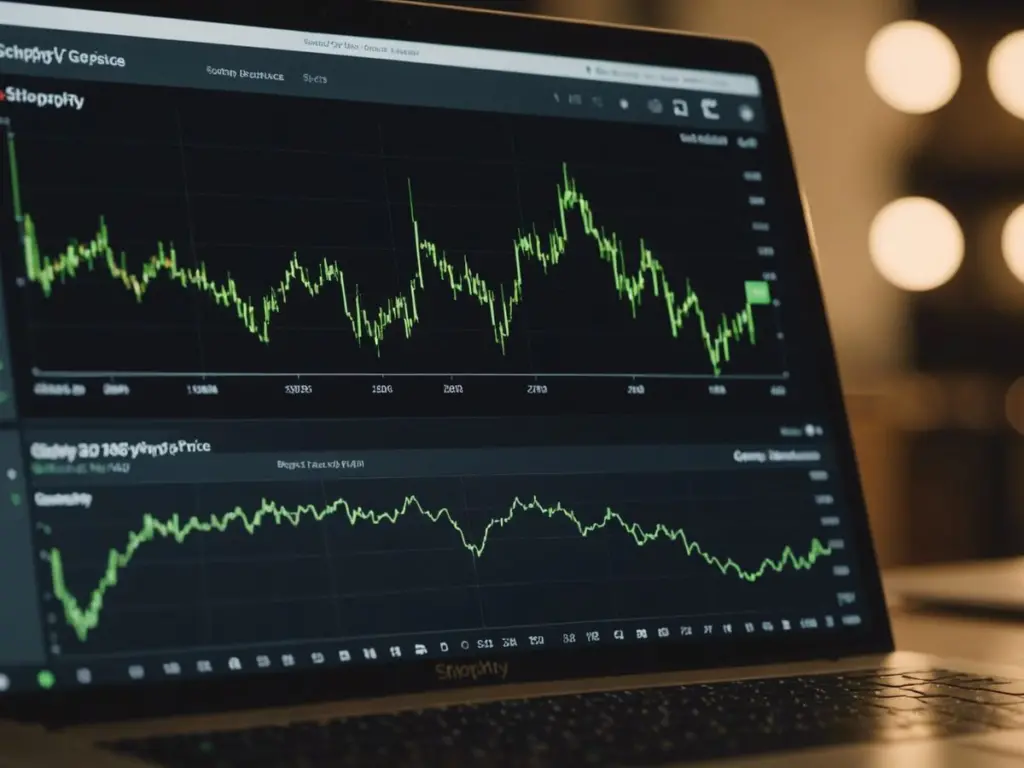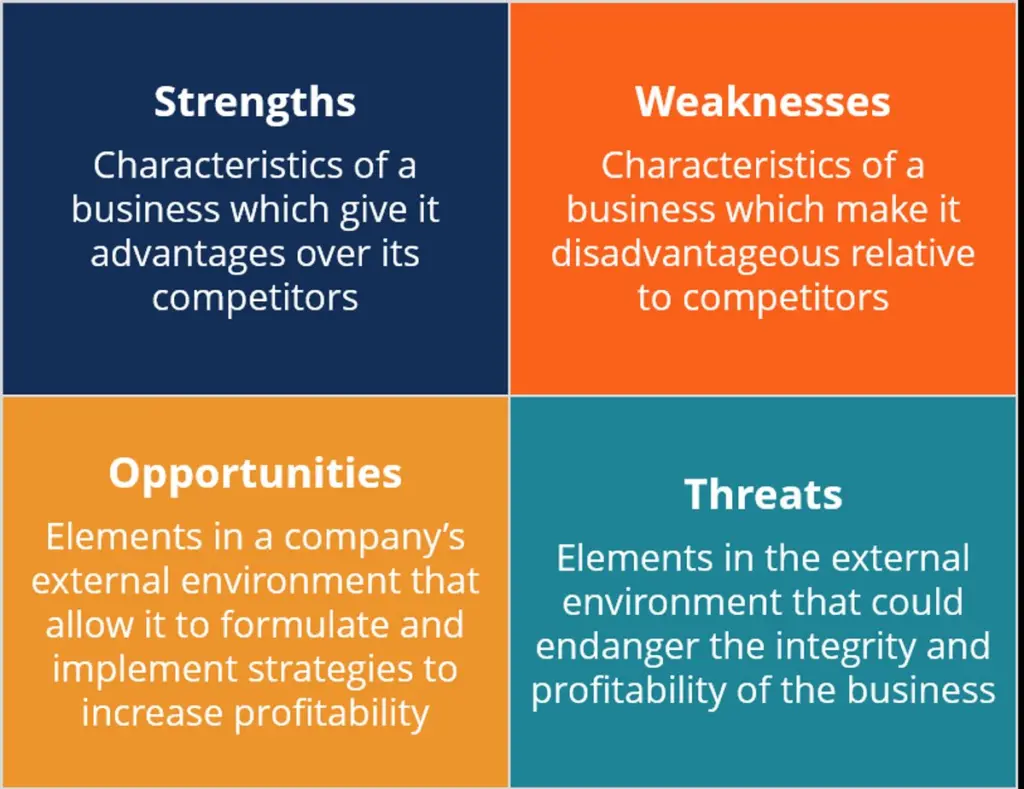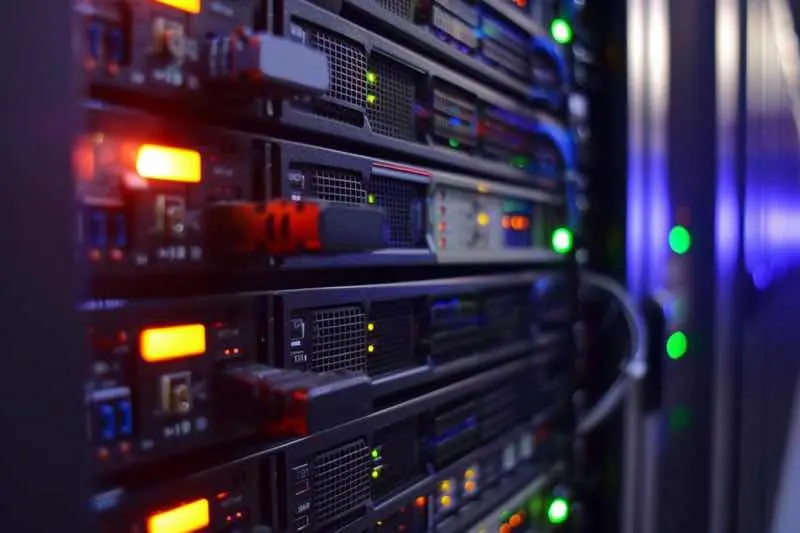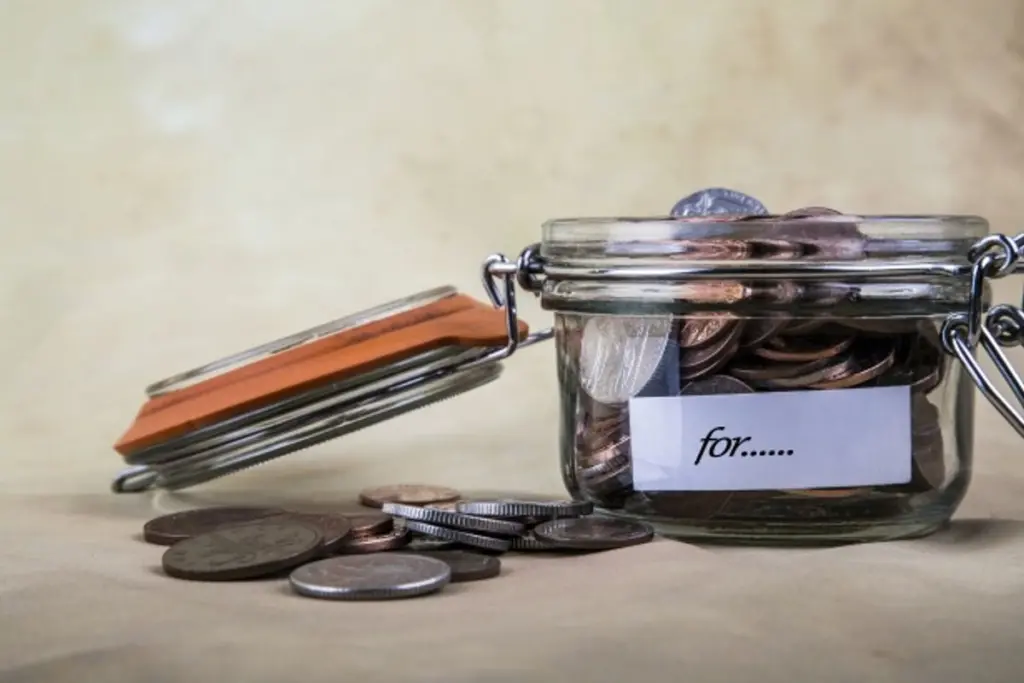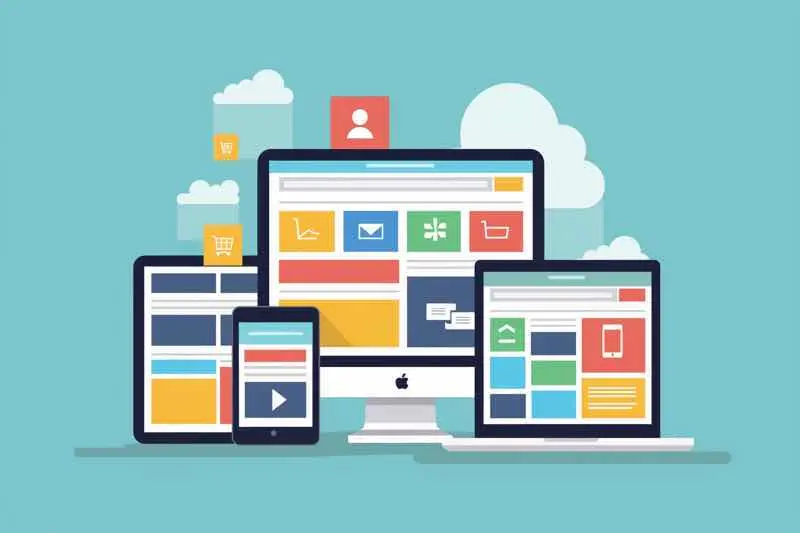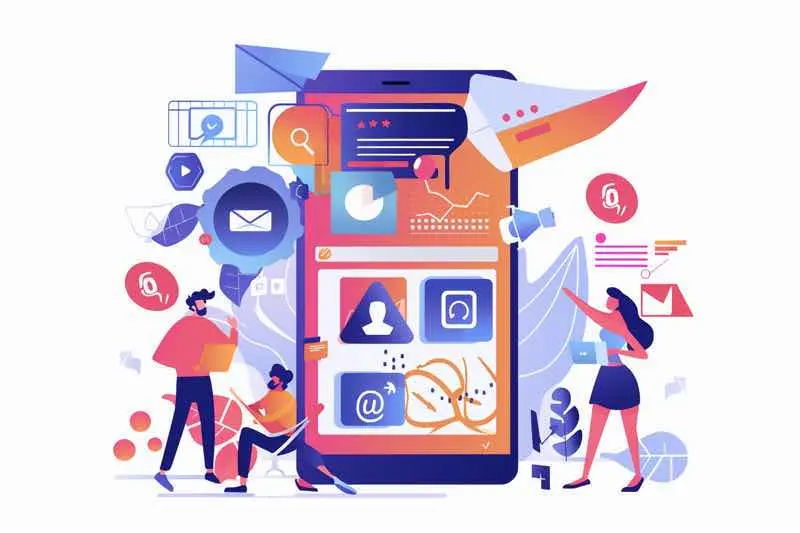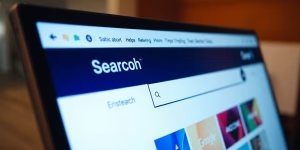Ever tried logging into your PayPal account only to be met with frustration? You’re not alone. Many users face PayPal login problems, and it can be quite the headache. Whether it’s a forgotten password or a security lockout, these issues can disrupt your day. But don’t worry! In this guide, we’ll explore common login troubles and provide simple steps to get you back on track. Let’s dive in and tackle those login woes together.
Table of Contents
ToggleKey Takeaways
- PayPal login problems are common and can be caused by various issues such as password errors or account lockouts.
- Clearing browser cache and ensuring your internet connection is stable can often resolve login issues.
- Regularly updating your security settings, like passwords and two-factor authentication, helps prevent future login troubles.
- PayPal’s customer support and help centre are valuable resources if you’re stuck with login problems.
- Learning from past login issues can improve your PayPal experience and help avoid future problems.
Understanding Common PayPal Login Problems

Identifying Login Errors
Trouble logging into PayPal can stem from various errors. Incorrect login credentials are the most frequent culprits. Users often mistype their email or password, leading to failed login attempts. Sometimes, the issue is as simple as a caps lock being on. Additionally, browser-related problems, such as outdated versions or incompatible settings, can also hinder access.
Recognising Account Lockouts
Account lockouts occur when PayPal detects unusual activity or multiple failed login attempts. This is a security measure to protect user accounts from unauthorised access. If you find yourself locked out, it’s crucial to follow the steps provided by PayPal to regain access. They might ask you to verify your identity through email or phone verification.
Understanding Security Protocols
PayPal employs robust security protocols to safeguard user information. These include encryption and two-step verification processes. Familiarising yourself with these protocols can help you understand why certain security measures, like temporary account suspensions, are in place. Regularly updating your security information and understanding these protocols can prevent many common login issues.
It’s important to stay informed about PayPal’s security measures to ensure a smooth and secure experience. Understanding these protocols not only helps in resolving issues but also in preventing them altogether.
Steps to Troubleshoot PayPal Login Issues

Clearing Browser Cache and Cookies
Ever tried logging into PayPal and hit a wall? Sometimes, the problem isn’t PayPal itself but your browser. Outdated cookies and cache can mess things up. Clearing your browser’s cache can often solve these login hiccups. Here’s how you do it:
- Open your browser settings.
- Find the privacy or history section.
- Select the option to clear browsing data.
- Make sure to check both “cookies” and “cached images and files.”
- Hit clear and try logging in again.
This simple step can refresh your browser and often resolves login issues. It’s like giving your browser a fresh start.
Updating Security Credentials
Next up, let’s talk about security. PayPal takes security seriously, and so should you. If you’re having trouble logging in, maybe your security credentials need a refresh. Update your password regularly to keep your account safe.
- Choose a strong password with a mix of letters, numbers, and symbols.
- Avoid using easily guessed passwords like “password123.”
- Consider enabling two-factor authentication for an extra layer of security.
Updating your security credentials not only helps with login issues but also keeps your account safe from hackers.
Checking Internet Connectivity
Before you blame PayPal for login problems, take a moment to check your internet connection. A weak or unstable connection can cause login failures. Here’s a quick checklist:
- Ensure your Wi-Fi or data connection is active.
- Restart your router if you’re on Wi-Fi.
- Try connecting to a different network to see if the problem persists.
If your internet is acting up, even the best login credentials won’t help. Make sure your connection is stable before trying again.
Sometimes, the simplest solutions are the most effective. By following these steps, you can resolve many common PayPal login issues without breaking a sweat. Remember, a little maintenance goes a long way in keeping your online transactions smooth and secure.
Enhancing Account Security to Prevent Login Problems
Implementing Two-Factor Authentication
One of the most effective ways to secure your PayPal account is by activating two-factor authentication. This feature adds an extra layer of protection by requiring a second verification step each time you log in. Typically, this involves entering a code sent to your mobile device, ensuring that even if someone guesses your password, they can’t access your account without the secondary code.
Regularly Updating Passwords
Changing your password regularly is a simple yet powerful way to keep your account safe. Make sure your password is strong, ideally a mix of letters, numbers, and symbols. Avoid using easily guessed passwords like “123456” or “password.” Aim to update your password every few months and especially after any suspicious activity.
Monitoring Account Activity
Keep a close eye on your PayPal transactions. Regularly review your account statements and settings to spot any unusual activity. If you notice anything suspicious, report it immediately. PayPal provides a Data and Privacy section where you can manage your privacy settings and monitor account activity effectively.
Keeping your PayPal account secure doesn’t just protect your money, it also gives you peace of mind. By taking proactive steps like using two-factor authentication, updating your passwords, and monitoring your account, you can significantly reduce the risk of login problems. Security isn’t just a one-time setup; it’s an ongoing process that requires attention and diligence.
Utilising PayPal’s Customer Support for Login Assistance

Accessing Help Centre Resources
When you’re scratching your head over a PayPal login issue, the first stop should be the Help Centre. It’s like a treasure trove of information. You can find FAQs, step-by-step guides, and even some troubleshooting tips. Simply log in, click on the “Help” option in the top right corner, and you’re off to the races. If you’re lucky, you might just find the solution without needing to talk to anyone.
Contacting Customer Service
Sometimes, though, you just need to talk to a real person. PayPal’s customer service is there to help. You can call them directly, which is great if you want answers fast. Just dial 1-888-221-1161 if you’re in the US. Or, if you’re more into typing than talking, try sending them a message through their website or even on Twitter/X. Just remember, don’t share any sensitive info online.
Using the Resolution Centre
If things are still not sorted, the Resolution Centre is your next stop. It’s where you can open disputes or check on any claims. This centre is essential if you think there’s been a mistake with your account. It helps keep everything documented and organised. Plus, it can be a quicker way to get things moving in the right direction. So, don’t hesitate to use it if you’re stuck.
Learning from Login Issues to Improve User Experience
Analysing the Causes of Login Failures
When you face login issues with PayPal, it’s a good time to figure out what went wrong. Understanding the root cause is like solving a puzzle—it helps you see the whole picture. Sometimes, it’s a simple typo in your password, or maybe your internet connection is acting up. In other cases, it might be security measures kicking in, especially if you’re logging in from a new device. By pinpointing these causes, you can avoid similar headaches in the future.
Implementing Preventive Measures
Once you know what caused the login problem, you can take steps to stop it from happening again. Here’s a quick list of what you can do:
- Update your passwords regularly to keep them fresh and hard to guess.
- Turn on two-factor authentication for an extra layer of security.
- Keep an eye on your account activity for anything unusual.
These steps are like setting up a safety net, ensuring that your login process stays smooth and trouble-free.
Staying Informed on PayPal Policies
PayPal often updates its security features and policies to keep your account safe. By staying in the loop with these changes, you can adjust your login habits accordingly. It’s a bit like keeping up with the news—knowing what’s new helps you adapt and stay secure. So, make a habit of checking PayPal’s updates now and then.
Learning from past login issues isn’t just about fixing problems; it’s about making your online experience better and more secure. By understanding what went wrong and taking steps to prevent it, you’re not just solving today’s problem—you’re paving the way for a smoother tomorrow.
Exploring Third-Party Solutions for Complex Login Problems
When PayPal login issues become too tangled to untangle on your own, consulting with cybersecurity experts can be a game changer. These professionals are well-versed in the intricacies of online security and can provide tailored advice to tackle your specific problems. They can identify vulnerabilities in your login process and suggest robust solutions to fortify your account.
Utilising Professional Account Recovery Services
If you’re locked out of your account and and have a PayPal login problems that standard recovery options aren’t cutting it, professional account recovery services might be your next best bet. These services specialise in retrieving access to accounts that have been compromised or locked due to suspicious activity. They employ advanced techniques to ensure that your account is not only recovered but also secured against future breaches.
Leveraging Online Forums and Communities
Sometimes, the best advice comes from those who have been in your shoes. Online forums and communities are treasure troves of shared experiences and solutions. Engaging with these platforms can connect you with individuals who have faced similar issues and found effective workarounds. Plus, these communities often stay updated with the latest PayPal policies and security measures, providing a rich resource for troubleshooting and preventive advice.
In the ever-evolving landscape of online security, tapping into the collective knowledge of experts and communities can provide the insight needed to navigate complex login challenges effectively.
The Role of User Education in Minimising Login Problems

Grasping the various security features PayPal offers is a must for any user. Security measures like two-factor authentication and encryption play a significant role in safeguarding your account. Users should familiarise themselves with these options to ensure they’re making the most of the protection available. This not only helps in preventing unauthorised access but also boosts confidence while using the platform.
Participating in User Training Sessions
Training sessions can be a game-changer. They often cover a wide range of topics, from basic account setup to advanced security practises. By attending these, users gain practical insights and hands-on experience. Such sessions are especially beneficial for those who might not be tech-savvy. They provide a structured way to learn and ask questions in a supportive environment.
Accessing Educational Resources
Educational resources are everywhere—be it online guides, video tutorials, or community forums. These resources provide valuable information on how to troubleshoot common issues and enhance account security. For instance, understanding Shopify and WooCommerce can offer insights into secure transactions, which is crucial for e-commerce ventures. Engaging with these materials regularly can help users stay updated on best practises and new features.
“Education is the key to unlocking the world, a passport to freedom.” By continuously learning, users can not only resolve current issues but also prevent potential ones. Staying informed on network tokenization can further enhance security measures, ensuring a smoother user experience.
User education plays a key part in reducing login issues. When users understand how to create strong passwords and recognise phishing attempts, they are less likely to face problems. It’s important to provide clear instructions and helpful tips to guide them. By doing this, we can make the login process smoother and safer for everyone. For more tips and resources, visit our website today!
Conclusion
Sorting out PayPal login problems can feel like a bit of a maze, but with the right steps, it’s manageable. Start by pinpointing what’s going wrong, then follow through with PayPal’s own solutions. If things get tricky, don’t hesitate to reach out for some expert advice. Keeping your account secure is key, so make sure to update your security settings regularly. By staying on top of these issues, you can keep your PayPal experience smooth and hassle-free. Remember, a little patience and persistence go a long way in resolving these hiccups.
Frequently Asked Questions
Why can’t I log into my PayPal account?
There could be several reasons why you’re unable to log in, such as entering the wrong password, having your account locked due to suspicious activity, or experiencing internet connectivity issues. Double-check your login details and ensure your internet connection is stable.
What should I do if my PayPal account is locked?
If your account is locked, try resetting your password. If that doesn’t work, contact PayPal’s customer support for assistance. They can help you verify your identity and unlock your account.
How can I improve my PayPal account security?
To enhance security, enable two-factor authentication, regularly update your password, and monitor your account activity for any suspicious transactions.
What is two-factor authentication, and why is it important?
Two-factor authentication adds an extra layer of security by requiring a second form of verification, like a text message code, in addition to your password. This makes it harder for unauthorised users to access your account.
How can I contact PayPal customer support?
You can reach PayPal customer support through their Help Centre on the website. They offer options to chat with an agent, call their support line, or use the Resolution Centre for specific issues.
Is it possible to fix login issues without contacting support?
Yes, you can often resolve login issues by clearing your browser cache and cookies, ensuring your internet connection is strong, and double-checking your login credentials. If these steps don’t work, then contacting support might be necessary.

